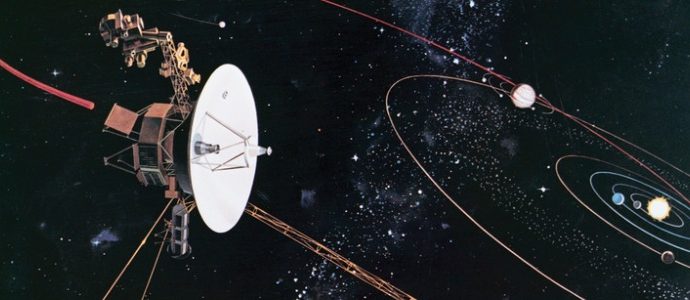The End of an Era: NASA Announces the Shutdown of Interstellar Voyager Probes
NASA has announced that after nearly a half-century of studying the outer reaches of the Solar System—and beyond—the Voyager 1 and Voyager 2 space probes will be shut down over the course of the next few years. Although both probes are still functioning perfectly, their nuclear fuel is expected toread more
